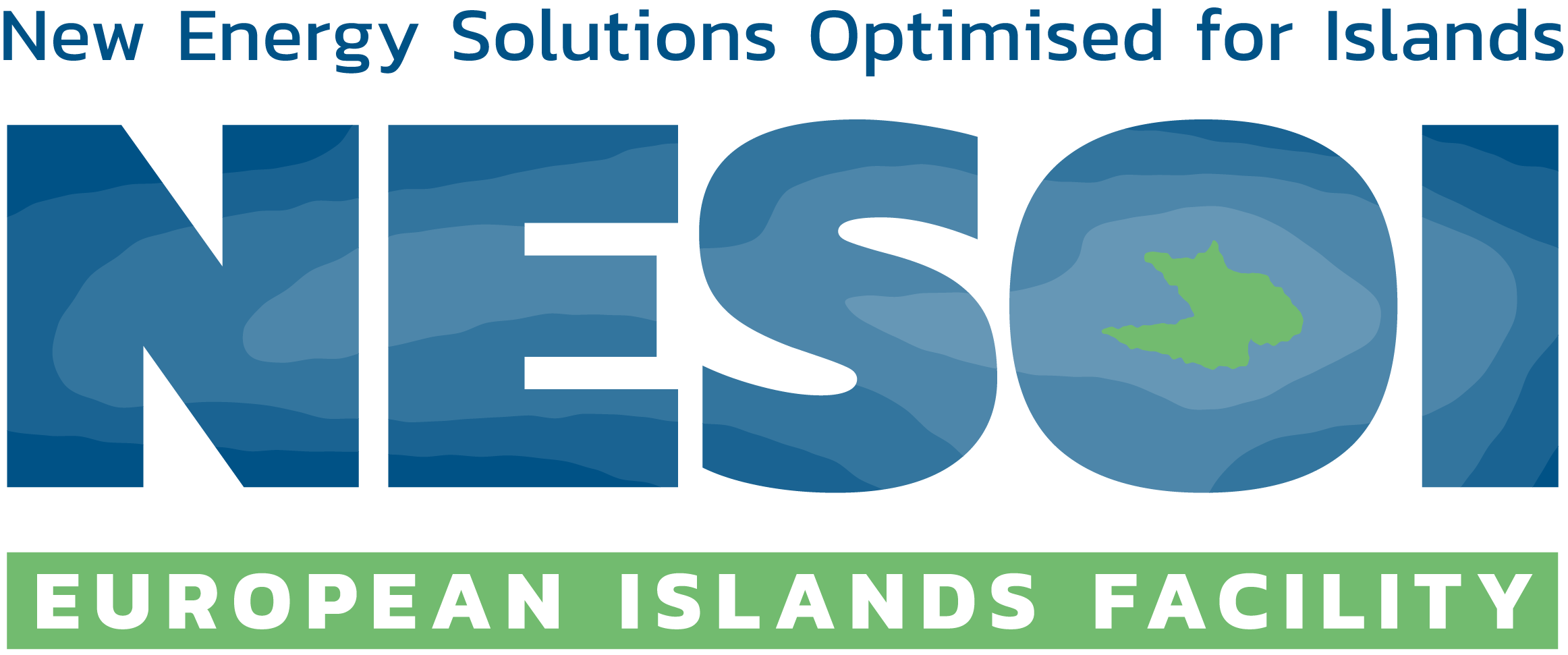Archipelago of Mull Actions for Zero Emissions (AMAZE) is a project supported by NESOI European Islands Facility, managed by our partners from CERTH, and promoted by The Mull and Iona Community Trust.
What is AMAZE?
The community has been working on decarbonisation projects for 15 to 20 years, particularly around waste reduction and circular economy. Therefore, the CETA creation and energy audit which were the basis of this project was a natural progression, enabling continued work on advancing the island’s EV networks through a pre-feasibility study into an EV club and charge point hubs.
The energy systems in the archipelago of Mull are inefficient and dependent on fossil fuels. To tackle these issues, a Clean Energy Transition Agenda (CETA) is needed. The ultimate vision is to create the first islands-wide renewable energy electric vehicle (EV) hub network located at community buildings in the UK.
The project includes a CETA and feasibility study for community-led renewable energy hubs and EV schemes, aiming to define the energy and carbon situation, identify pathways to decarbonisation, and explore renewable energy opportunities.
Moreover, the renewable energy EV hub network could become an exemplar for other European islands and mainland communities. The project will engage with mainland-based transport operating companies (passenger and good carrying) as potential beneficiaries.
AMAZE: emissions from conventional to ferry transport
The current population of the islands is approximately 3,100 residents and the main industry on the archipelago is tourism with a vast majority arriving by ferry. Around 54% of ferry energy usage is attributable to tourism. Transportation to and from the islands surpasses all on-island transportation in terms of energy use and emissions.
There are four private ferry services in the Archipelago of Mull. The busiest of these is the 15 km Oban–Craignure crossing from the isle of Mull to mainland. This vessel represents 76% of the emissions of all four ferry services. The two other crossings to the mainland (Fishnish – Lochaline and Tobermory – Kilchoan) contribute 18% of the total. The vessel used in the Fishnish-Lochaline crossing is diesel-electric hybrid and has been in operation since 2013. This is associated with a 20% reduction in the emissions.
Expected environmental impacts
The project supports the financial sustainability of community buildings, off-setting operational costs through renewable energycproduction. Switching from conventional electricity to renewables saves 70% and efficiency measures saves 20% energy at seven community halls. Electric vehicle hub for EV sharing will further improve the energy savings, since five conventional cars are expected to be withdrawn for each one club car.
How does NESOI Support this project?
The European Islands Facility (NESOI) aims to unlock the potential of EU islands to become the locomotives of the European Energy Transition. To do so, NESOI aims to mobilize more than €100 Million of investment in sustainable energy projects to give EU islands the opportunity to implement energy technologies and innovative approaches, in a cost-competitive way.
More specifically, NESOI has provided the following support:
- Analysis of existing planning documentation, identification of the project boundaries
- Assessment of the key project sizing drivers taking also into consideration local characteristics
- Identification of suitable technological options given existing project sizing requirements and constraints
- Cost-Benefit analysis, impact evaluation, identification of the preferred option
- Risk analysis and identification of available mitigation strategies; assessment of existing procurement options
- Financial modelling and identification of target scenario, identification of financing/funding options
- Action plan and identification of project monitoring procedures

